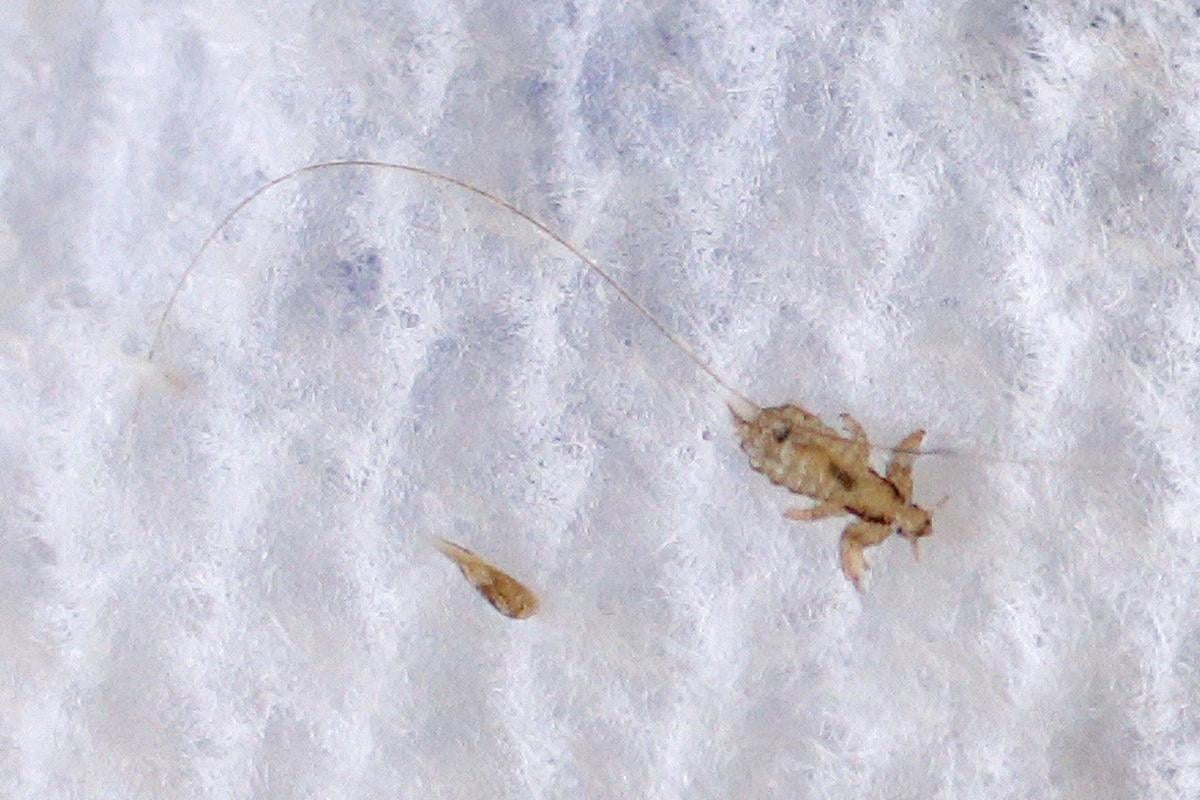A case of head lice in the Tucson Unified School District will no longer prompt classroom screenings, notes home or require that the student miss school until all traces of the bugs are gone.
In an effort to keep kids from missing school unnecessarily, those with eggs will be allowed to remain in class. Only students with an infestation of “live lice” will be sent home for treatment and checked on their return.
The change to TUSD’s head lice regulation is in response to a recommendation from the American Academy of Pediatrics, which said earlier this year that healthy children should not be restricted from attending school because of head lice.
Because the eggs themselves are firmly attached to the hair shaft, they are not easily passed from one person to another, unlike live lice, which crawl. Lice are tiny grayish-white bugs that infest a scalp, sucking bits of blood every few hours. They don’t jump or fly.
International guidelines established in 2007 also stated that nit-free (egg-free) policies are unjust and should be discontinued because they are based on misinformation rather than objective science.
The Marana, Sahuarita, Sunnyside and Vail school districts have nit-free policies in place, meaning students with eggs or live lice are sent home and checked upon their return to ensure they were treated.
Sunnyside and Vail, however, are planning to review their policies.
The Amphitheater Unified School District was ahead of the curve, eliminating its nit-free policy in 2013.
Studies show that screening for lice has not been proven to have a significant effect on the incidence of head lice in schools. It also costs valuable class time and makes the nurse inaccessible to students who are sick or hurt.
As a result, time may be better spent educating parents on diagnosing and managing head lice, which is what TUSD has chosen to do, said Director of Health Service Donna Johnson, who initiated the regulation change.
Unlike policies, regulations do not require Governing Board approval.
“Head lice is such a tiny problem,” Johnson said. “I know if you have a child with head lice it becomes a major focus in your mind, but we have so very few kids that actually have lice that what we’re primarily trying to do is make sure people understand what the problems are with head lice and how it’s spread from one person to another.
“The problem is we all overreact to head lice, it’s such an emotional issue.”
In reality, when treated properly, one incidence of head lice is probably all a family will see in its lifetime, Johnson said.
“That doesn’t mean bagging stuffed animals for two weeks and it doesn’t mean that you need to go to all of these outlandish extents like vacuuming your car … It’s a lot harder to get head lice from one person to another than we think.”
Johnson added that alerting entire classrooms of one incident often does more harm than good, resulting in children being overtreated and becoming resistant to products.
It also gives the impression that there are head lice in the school and that they were contracted there, which is rarely the case, Johnson said.
“Certainly, thinking about movie theater seats that are cloth, I would be a heck of a lot more worried about that than I would be about kids getting head lice on the playground,” she said.





